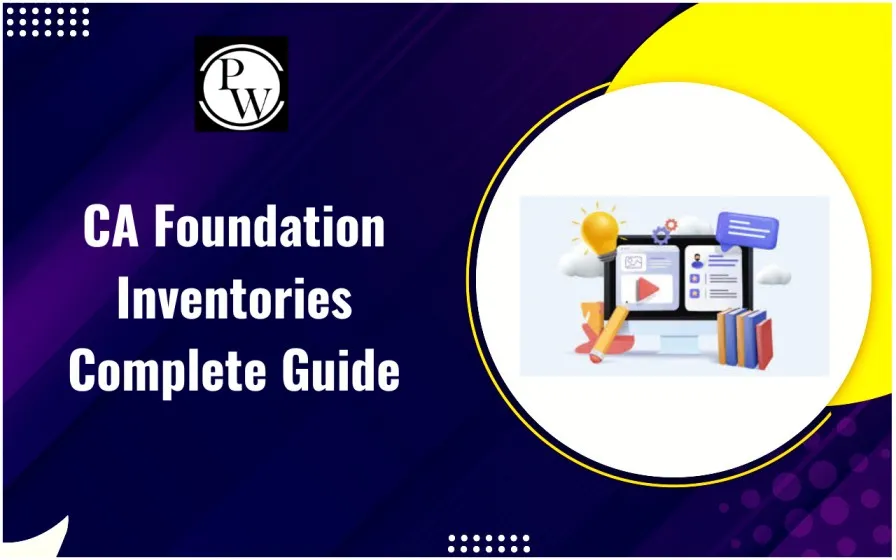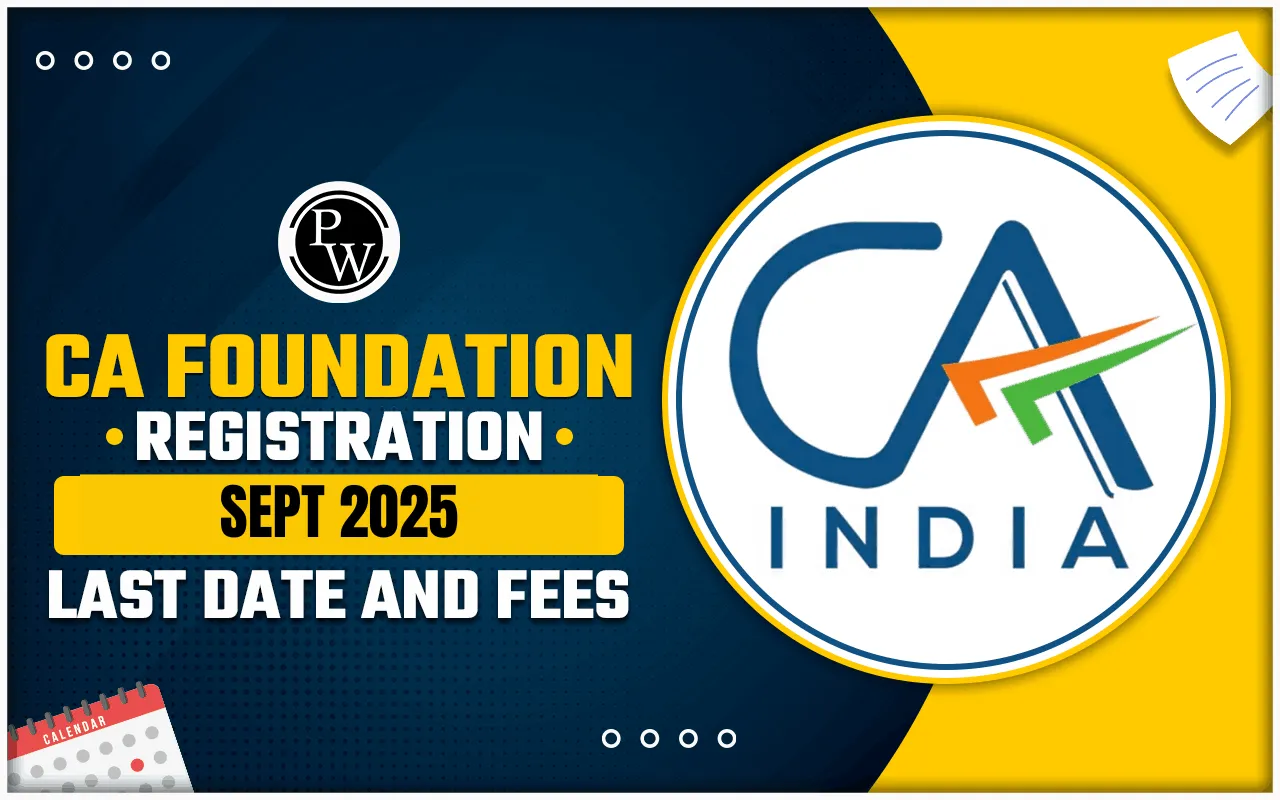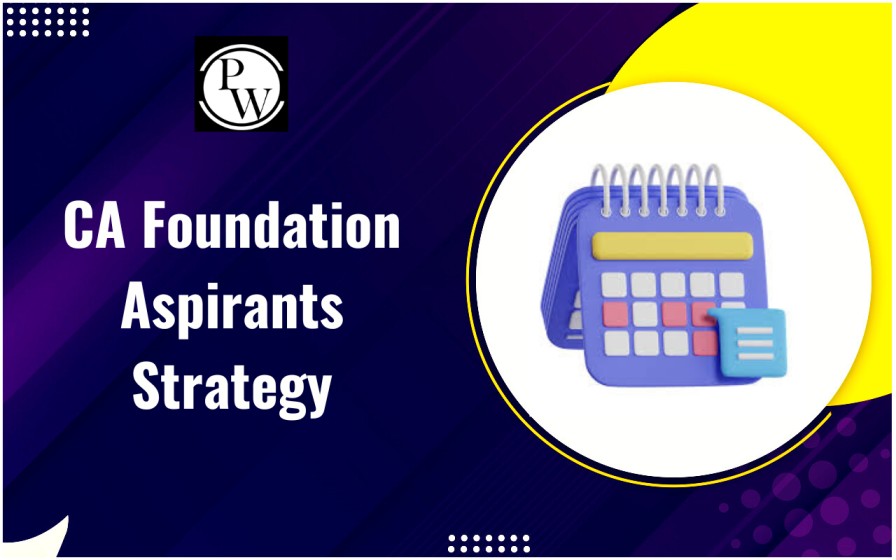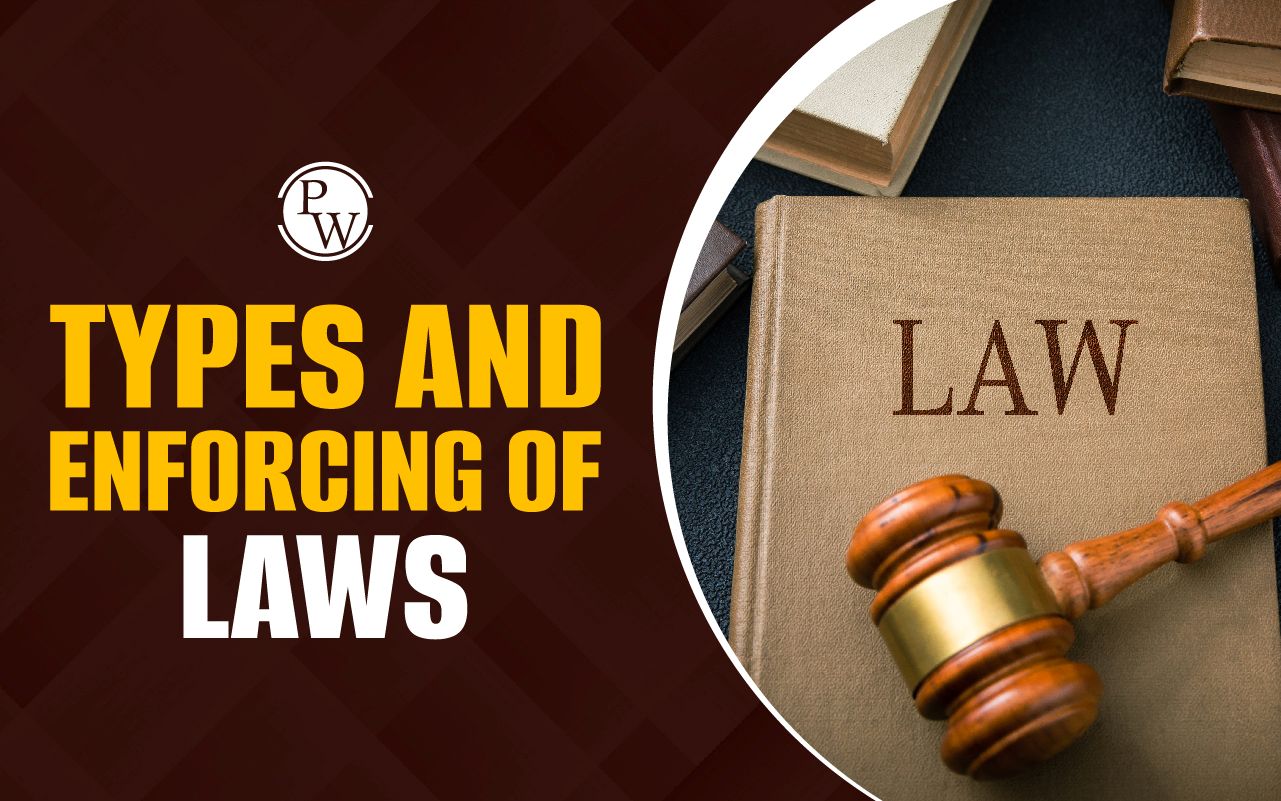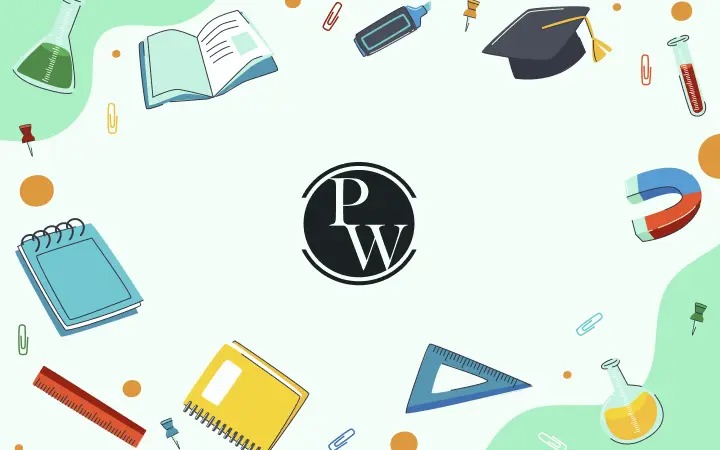
CA Foundation Inventories chapter is a very important part of the CA Foundation syllabus. It teaches the basics of how businesses manage their stock, how to accurately value it, and why that valuation is important. This topic is closely related to calculating profits, taxes, and the overall financial well-being of the business.
The Chapter starts with simple concepts like what inventory actually is, then progresses to more complex subjects such as cost components, valuation methods, inventory systems, and accounting standards. Whether you’re looking at a manufacturing company with raw materials and finished goods or a trading firm that only deals in final products, understanding the concept of inventory is important for everyone.
CA Foundation Inventories Meaning
Inventories are items that a company maintains for sale or utilization. These consist of finished products, which are ready for sale, and work-in-progress(WIP), which are items under production, raw materials, which are resources utilized to create finished products, and consumables, which are minor items employed in the manufacturing process.
Each of these categories relates to the subject of types of inventory CA Foundation. Every type is documented and assessed uniquely in accounting.
Why is Inventory Valuation Important?
Correct Inventory valuation is essential for the following reasons:
- It assists in understanding the correct profit or loss.
- It displays the accurate worth of assets on the balance sheet
- It impacts the tax that must be paid.
- It assists in verifying liquidity
Inventory valuation plays an important role in CA Foundation Inventory Accounting and helps students in comprehending the business performance.
Rules of CA Foundation Inventories Valuation
As per Accounting Standard AS 2 inventory, inventory should be valued at the lower of:
- Cost
- Net Realizable Value (NRV)
This rule is to avoid showing more profit or value than actual. This is a basic rule in CA Foundation Inventories.
What is Cost?
Cost of inventory includes:
-
Cost of Purchase: Price paid for buying goods
-
Cost of Conversion: Cost to make finished products.
-
Other Costs: Like packaging and transportation.
Cost does not include:
- Abnormal Loss
- Admin Costs
- Selling and Advertising Costs
This part is very important in CA Foundation Inventory Accounting and must be remembered.
Inventory Valuation Methods CA
Various methods exist to determine the stock’s value. These are referred to as inventory valuation methods CA. These include:
FIFO (First In First Out)
In the FIFO (First In First Out) approach, the earliest items in inventory are sold first. This approach is effective during a price increase as it pairs older, cheaper expenses with sales. Consequently, the ending inventory is assessed at the latest, typically elevated prices.
LIFO (Last In First Out)
In the LIFO (Last in First Out) approach, the most recent items are sold first. This approach is beneficial when prices fluctuate often. Nonetheless, this leads to the closing inventory being assessed at previous prices, which might not accurately represent the existing market conditions.
Weighted Average Method
In the Weighted Average Method, the overall cost of all inventory items is summed up and then divided by the total number of units. This provides an overall average expense for every item in inventory. It is a simple technique to apply and assists in leveling out price fluctuations over time.
Simple Average Method
The Simple Average Method involves calculating the average of different purchase prices. It is most useful when the prices of goods do not vary much, helping to keep inventory values balanced and easy to manage.
Specific Identification Method
The Specific Identification Method is used for unique items such as cars or jewelry. In this method, each item is recorded with its actual cost, making it very accurate for high-value or one-of-a-kind goods.
All these come under Inventory valuation methods CA and are used based on the type of business.
Inventory Record Systems
There are two ways to record the stocks in CA Foundation Inventories:
Periodic Inventory System
In a periodic inventory system, stock is only counted at the end of the accounting period. From this physical count, we determine the Cost of Goods Sold(COGS). While this method is simple to use, it might not provide the most accurate data throughout the year since it doesn’t keep inventory updated continuously.
Perpetual Inventory System
Keeping stock records up to date after every sale or purchase is important. This approach provides real-time insights into the inventory available for the business. However, it does demand more effort, the right systems in place, and consistent tracking. This part is also tested in CA Foundation Inventory Accounting.
Special Adjustments in Inventory
In CA Foundation Inventory, students must also learn:
-
Forward/Backward Adjustments: For goods sold or bought just before o after the stock date.
-
Goods on Approval or Consignment: Not owned until accepted.
-
Abnormal Losses: Not included in inventory value.
-
Error in Stock Valuation: Can increase or decrease profit incorrectly.
Non-Historical Cost Method
When the cost is uncertain, we apply the Adjusted Selling Price Method. It includes:
- Selling Price
- Less Projected Earnings
- Less Selling Costs
This assists in valuing stock when cost information is absent. It is a component of the Inventory Valuation Method CA.
The CA Foundation Inventories chapter is not only theoretical, but also contains a number of practical problems. Each inventory method needs to be learned. CA Foundation Inventory Accounting needs to be mastered. Accounting Standard AS 2 on inventory needs to be complied with, and the practice question should be done to the maximum.
To make the preparation strong for CA Aspirants, understand topics like FIFO, LIFO, weighted average, types of inventory CA Foundation, and Inventory valuation methods CA to succeed in your exams.
CA Foundation Inventories FAQs
What is the cost of inventory as per CA Foundation syllabus?
Are administrative costs part of inventory cost?
Which inventory valuation methods are important for CA Foundation?
What is net realizable value (NRV)?

